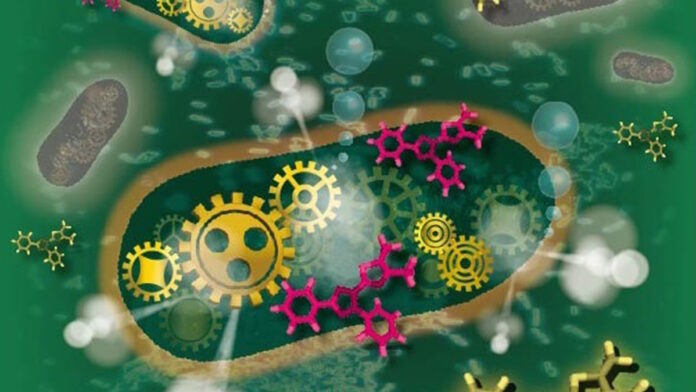
Researchers from Osaka Metropolitan University in Japan led by Hiroshi Shiigi at the Graduate School of Engineering, Osaka Metropolitan University have developed a technology that can rapidly and accurately determine the number of viable bacteria in food products electrochemically, using tetrazolium salt (MTT), a water-soluble molecule.
One of the most important assessment indicators for ensuring that food is free from contamination is the number of viable bacteria. However, conventional measurement methods take up to two days to provide results, and these are only available after the food has been shipped from the factory —leading to potentially fatal consequences. Therefore, it is critical to have a testing method to speed up the process of identifying bacterial contamination before shipment.
The researchers have succeeded in drastically reducing the inspection time from two days to about one hour, regardless of the bacterial species.
“With this method, we can quickly measure the number of viable bacteria, allowing us to confirm the safety of food products before they leave the factory and to prevent food poisoning,” Shiigi said.
“This method does not require complicated operations or expensive equipment. Therefore, we will continue to optimize the measurement conditions and expect to see the development of a portable sensor in line with the development of research aimed at practical applications.”
The results were published in Analytical Chemistry.
Jim Cornall is editor of Future Food Today and publisher at Ayr Coastal Media. He is an award-winning writer, editor, photographer, broadcaster, designer and author. Contact Jim here.





